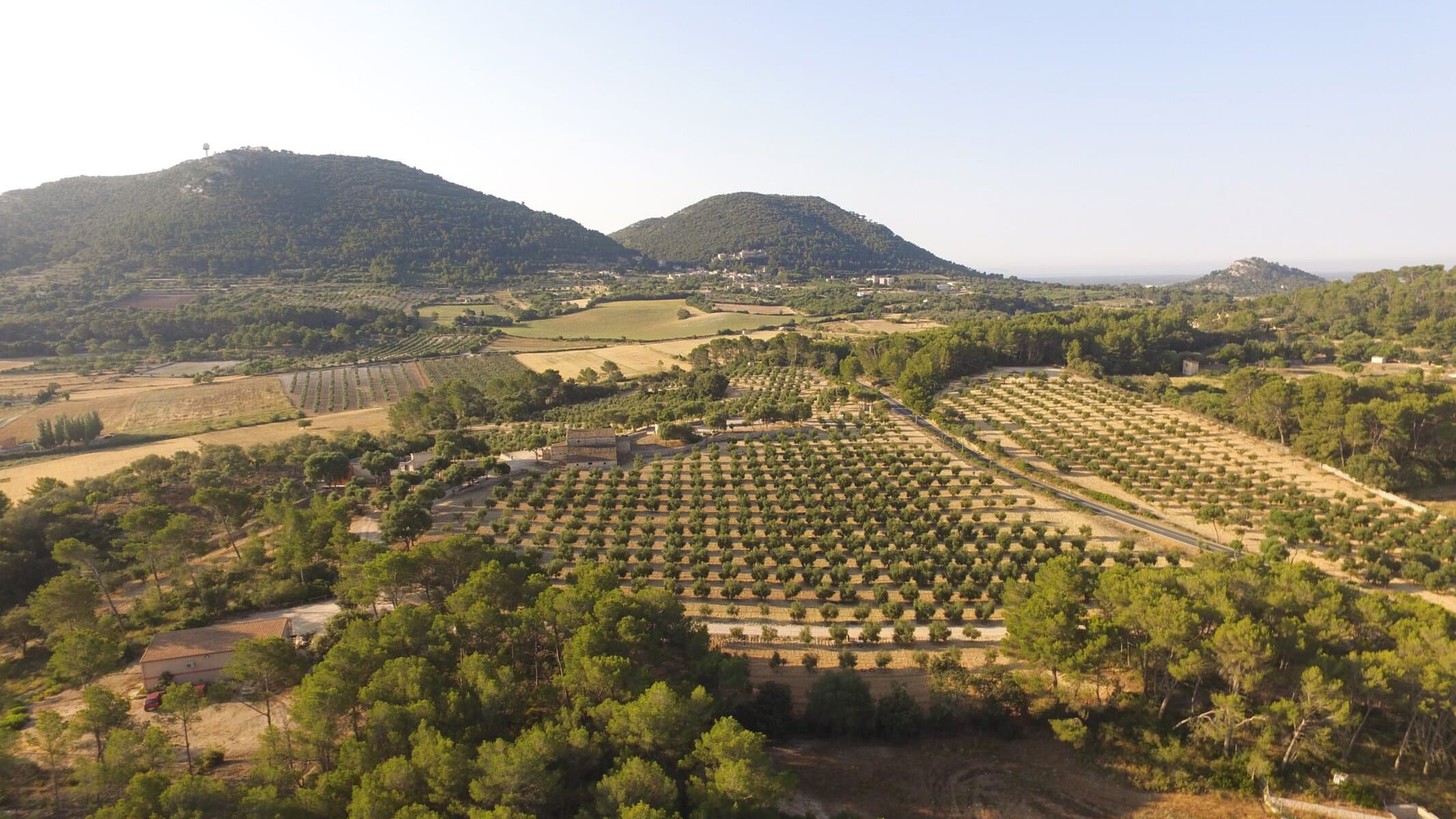Certainly, olive oil is the star ingredient of Mediterranean cuisine. This liquid gold is a gourmet product that is not only ideal for preparing your dishes, but it can also provide you with multiple healthy benefits. That is, as long as you choose a high quality olive oil.
Given the amount of marketed olive oils, sometimes we can feel overwhelmed and unable to recognise the signs of a high quality olive oil. Factors such as the packaging design, its label or the olive oil colour might affect our purchasing decision. However these are not always the right indicators to rank the real value of this product. Do you want to find out if an olive oil is good or not?
Contenidos / Contents
10 tips to recognise a high quality olive oil
Before you buy it:
- Search for an extra virgin olive oil.
- If the bottle is not dark, please don’t buy it.
- Look at the information on the label.
- Choose a Spanish designation of origin.
- Seek if it’s a first cold extraction olive oil.
- That it comes from a single olive variety.
- With a distant best before date.
- That is not excessively inexpensive.
When testing it:
- Don’t judge the olive oil by its colour.
- Try it and check for an itchiness in your throat.
1. Search for an extra virgin olive oil.
Beyond any doubt, if you want to consume a high quality olive oil this must be extra virgin. EVOO, for short, is the only one that preserves all the organoleptic properties of the olive fruit and, therefore, the only one that has health benefits, as numerous studies have confirmed, such as the one carried out by PREDIMED.
It’s possible to find distinctions of mild or intense olive oils, but if they’re not extra virgin olive oils their healthy properties won’t be guaranteed. Premium olive oils must be pure olive juice. However, within the wide variety of extra virgin olive oils, there are higher and lower quality depending on other attributes. Thus…
2. If the bottle is not dark, please don’t buy it.
For its best preservation, extra virgin olive oil must be bottled up in opaque containers. Transparent packaging cannot prevent the product from being exposed to light and oxidation which alter its quality and makes it lose its healthy properties.
Similarly, avoid buying olive oil that, despite being packaged in an opaque bottle, has been exposed to direct light. That is, if you consider that it has been stored in less than optimal conditions in the store, please don’t buy it.

3. Look at the information on the label.
Have you ever felt the drive to buy a product because of how its designed? Sometimes packaging makes the extra virgin olive oil unnecessarily expensive. Many brands invest on spectacular bottles and labels designs to attract the consumers’ attention but what truly matters is the quality of the content.
For this reason, the only thing from the label that should be interesting is the information that will tell you which are the olive oil attributes, such as its origin (variety of olive tree which will confer it its unique features) and its location.
4. Choose a Spanish designation of origin.
The protected designation of origin indicates you that an extra virgin olive oil is produced in a certain area with a specific olive variety. This seal itself proves the extra virgin olive oil has autochthonous features and has followed enough quality-control protocols.
Besides, Spain is leader in olive oil production, producing top quality recognised worldwide. Although other EVOO might invest a higher budget in marketing, this does not mean they are better. Prioritise the Spanish product and look at how it’s produced.
5. Seek if it’s a first cold extraction olive oil.
The way extra virgin olive oil is produced is also directly related to its value. Therefore, you should look for an extra virgin oil that guarantees the first cold extraction, avoiding those with cold-pressed indication in their labels.
Nowadays only modern oil extraction machines guarantee the quality we are looking for in this product. Bear in mind, traditional cold pressing methods can prematurely start the oil oxidation process, which affects its organoleptic properties.
On the other hand, centrifuge machines –which are currently used to carry out the first cold extraction– avoid contact with air and aim at obtaining a higher quality oil, free of impurities.
6. That it comes from a single olive variety.
Coupage olive oil is the product obtained from different varieties of olive. Although in some cases this mixture doesn’t have to affect its quality, in others, it’s a practice that is used to refresh the old olive oils. That is, some extra virgin olive oils are obtained from the mixture of old oils and new oils of another variety. In these cases the flavour may be more rancid, which is why it’s always safer to choose oils from just one variety, be it Arbequina like ours, Picual, Hojiblanca, and so on.
7. With a distant best before date.
Unlike good wine, extra virgin olive oil doesn’t improve with age. It’s true that this product doesn’t expire and that, by keeping it properly, we can extend the period of consumption in its most optimal condition. However, over time olive oil will lose its organoleptic properties due to processes such as oxidation and exposure to light.
For this reason, you need to look for the production date and a distant best before date in its packaging. Look for a younger olive oil, which has not been in the bottle for more than a year, as this will preserve its best properties.
8. That is not excessively inexpensive.
The truth is the higher the quality of an extra virgin olive oil is, the more expensive this might be, especially those Premium-quality ones.
However, a higher price doesn’t always mean its quality is a Premium on –remember that sometimes packaging can raise its cost. On the other hand, an excessively cheap price does indicate that the product is not good enough and doesn’t maintain the same organoleptic properties of a high-quality olive oil.
Think of it this way, investing in a good extra virgin olive oil is investing in health.
9. Don’t judge the olive oil by its colour.
You may have certain preconceptions regarding the colour of a high quality extra virgin olive oil. Especially since some oils have made the colour green fashionable. But you should know that this feature doesn’t tell you its value.
In fact, if you have ever seen or attended an olive oil tasting, you may have noticed that the glass we use is blue and opaque. This is precisely in order to learn to appreciate the quality of an extra virgin olive oil for its flavour and not for its colour.
10. Try it and check for an itchiness in your throat.
Finally, on the palate, extra virgin olive oil should have a distinctive yet balanced flavour. It’s important to find its bitterness, its fruity flavour and its spicy touch in the throat, which are attributes of its quality, unlike its acidity.
Depending on the variety of oil, that is, depending on which type of olive the oil comes from, these attributes may differ, may have different nuances. But to determine its quality, you should perceive in the taste buds on the back of your tongue and in your throat the characteristic bitterness of green or veraison olive and the spicy taste that indicates that the oil has been obtained at the beginning of the campaign.
Susbcribe to our newsletter











